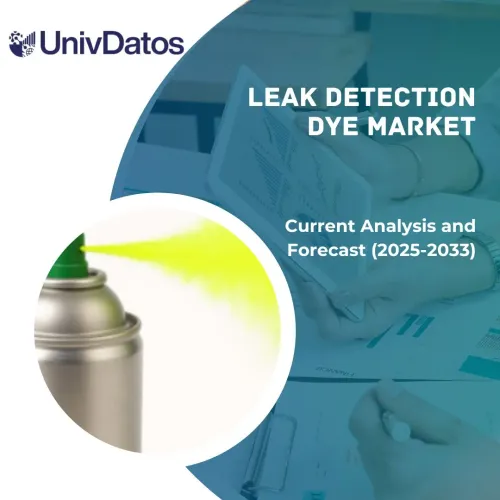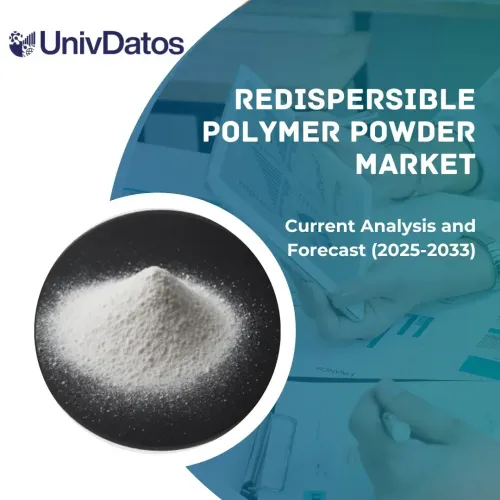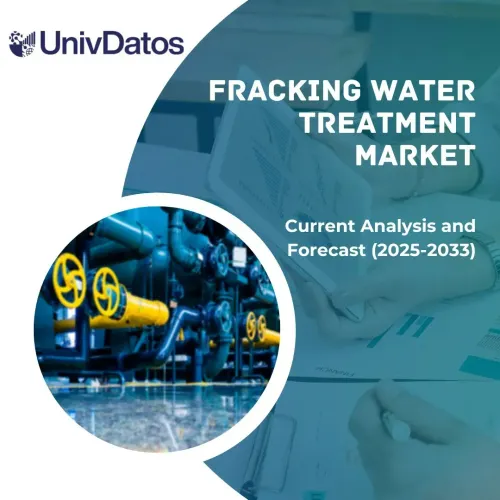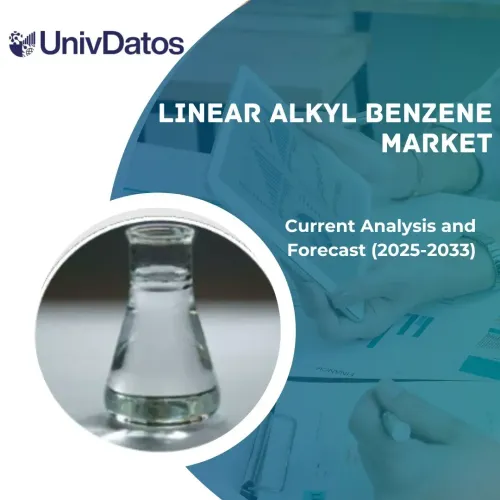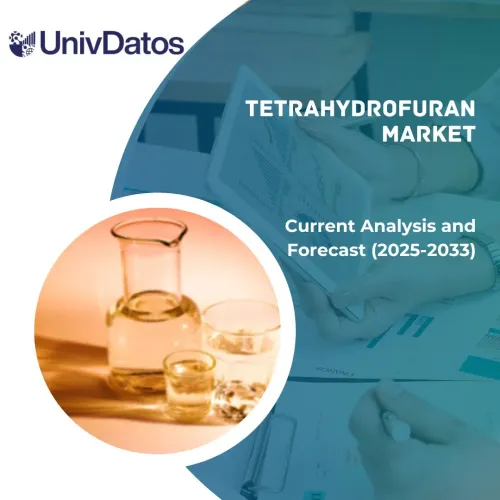
글로벌 헵탄산 시장은 예측 기간 2022-2028년 동안 약 4%의 상당한 성장률로 성장할 것으로 예상됩니다. 헵탄산은 에난트산이라고도 합니다. 카르복실산 작용기로 끝나는 7개의 탄소 사슬로 구성된 유기 화합물입니다. 불쾌하고 썩은 냄새가 나는 무색의 기름진 액체입니다. 일부 썩은 기름의 냄새에 기여합니다. 최근에는 헵탄산의 수요가 급격히 증가했는데, 이는 향료 산업용 에스테르 제조, 담배 첨가제, 식물 대사 산물로서의 역할에 사용되기 때문입니다. 예를 들어, 2020년에는 전 세계 인구의 22.3%가 담배를 사용했으며, 전체 남성의 36.7%, 전 세계 여성의 7.8%가 담배를 사용했습니다.
Acme Synthetic Chemicals, Arkema S.A., Kalpasutra Chemical Pvt. Ltd., Merck KGaA, Parchem Fine & Specialty Chemicals, OQ Chemicals, Cayman Chemical, Intellichemie Industries, Tokyo Chemical Industry Co. Ltd., Neuchatel Chemie Specialties는 시장의 주요 업체 중 일부입니다. 이러한 업체들은 첨단 혁신적인 제품/기술로 고객을 지원하기 위해 여러 건의 M&A와 파트너십을 체결했습니다.
보고서에 제시된 통찰력
“등급 중에서 산업 부문이 예측 기간 동안 상당한 점유율을 차지할 것입니다.”
등급에 따라 시장은 산업, 제약, 식품으로 분류됩니다. 산업 부문은 중국, 인도, 멕시코 등 개발도상국에서 헵탄산의 침투가 증가함에 따라 예측 기간 동안 상당한 점유율을 차지할 것으로 예상됩니다. 헵탄산은 향료 산업용 에스테르 제조를 촉진하기 위해 채택되고 있습니다. 또한, 지역 전반에 걸쳐 담배 첨가제로도 사용됩니다. 또한, 글로벌 기업의 신흥 시장 진출이 시장 성장에 기여합니다. 예를 들어, 2021년 Arkema는 Oleris® 고급 바이오 소재에 대한 글로벌 생산 능력을 50% 확장한다고 발표했습니다. 여기에는 n-헵탄산, n-헵탈데히드, 운데실렌산 및 Esterol A로 구성된 C7, C11 및 C18 재료가 포함됩니다. 이는 싱가포르 주롱 섬의 주요 바이오 공장에서 2022년 중반까지 시작될 것으로 예상됩니다.
“응용 분야 중에서 윤활유 부문이 2020년에 더 높은 CAGR을 기록할 것입니다.”
응용 분야에 따라 시장은 윤활유, 향료 및 향수, 화장품 응용 분야, 부식 방지 응용 분야, 화학 중간체, 제약 성분 등으로 분류됩니다. 이 중에서 윤활유는 2020년 시장에서 헵탄산의 상당한 점유율을 차지했습니다. 이는 주로 에스테르 형태로 사용되기 때문입니다. 네오폴리올 에스테르 중 하나는 주로 자동차 모터 오일, 금속 가공유, 가소제 등에 사용됩니다. 윤활유는 높은 열 안정성, 우수한 내산화성, 저온에서의 낮은 점도, 고온에서의 낮은 휘발성과 같은 특성을 가지고 있어 시장 성장을 가속화합니다. 따라서 전 세계적으로 이루어지는 투자가 윤활유 시장의 성장에 기여하고 있습니다.
“최종 사용자 중에서 자동차 부문이 예측 기간 동안 시장을 지배할 것입니다.”
최종 사용자에 따라 헵탄산 시장은 자동차, 항공우주, 식음료, 화장품 및 퍼스널 케어, 제약, 화학 물질 등으로 분류됩니다. 자동차 부문은 예측 기간 동안 헵탄산 채택이 증가함에 따라 시장을 지배할 것으로 예상됩니다. 이는 주로 전 세계적으로 차량 생산과 사용이 증가하기 때문입니다. 또한, 전 세계적으로 승용차 및 상용차 판매가 크게 증가하고 있으며, 이는 헵탄산 시장 성장의 원동력입니다. 차량의 윤활유로 사용되기 때문입니다. 예를 들어, 2021년에는 전 세계적으로 7,910만 대의 자동차가 생산되어 2020년에 비해 1.3% 증가했습니다.
“아시아 태평양이 시장에서 상당한 점유율을 차지할 것입니다.”
2020년에는 아시아 태평양이 시장을 지배할 것으로 예상되며 예측 기간 동안 상당한 CAGR로 성장할 것으로 예상됩니다. 이는 주로 항균성 특성으로 인해 헵탄산의 수요가 증가하기 때문입니다. 또한, 성장은 주로 인구 증가와 중국 및 인도와 같은 많은 개발도상국의 도시화에 힘입어 최종 사용자 산업의 긍정적인 전망 때문입니다. 또한 중국은 구형 차량 교체에 주력하고 있으며, 이는 시장에서 개선된 고성능 윤활유에 대한 수요를 증가시키고 있습니다. 인도는 이 지역에서 두 번째로 큰 윤활유 시장이며 세계에서 세 번째로 큰 윤활유 시장으로 헵탄산 시장의 성장을 위해 노력하고 있습니다. 또한 정부는 구형 차량 교체에 주력하고 있으며, 이는 이 지역에서 업그레이드되고 고성능 윤활유에 대한 수요를 증가시킬 것입니다.
이 보고서를 구매해야 하는 이유:
- 이 연구에는 인증된 주요 업계 전문가가 검증한 시장 규모 및 예측 분석이 포함되어 있습니다.
- 이 보고서는 전체 산업 성과에 대한 빠른 개요를 한눈에 제공합니다.
- 이 보고서는 주요 비즈니스 재무, 제품 포트폴리오, 확장 전략 및 최근 개발에 중점을 두고 주요 산업 동료에 대한 심층 분석을 다룹니다.
- 산업에서 널리 퍼져 있는 동인, 제약, 주요 추세 및 기회에 대한 자세한 조사.
- 이 연구는 다양한 부문에 걸쳐 시장을 포괄적으로 다룹니다.
- 산업에 대한 심층적인 지역 수준 분석.
맞춤 옵션:
글로벌 헵탄산 시장은 요구 사항 또는 기타 시장 부문에 따라 추가로 맞춤화할 수 있습니다. 이 외에도 UMI는 귀하가 고유한 비즈니스 요구 사항을 가지고 있음을 이해하므로 귀하의 요구 사항에 완벽하게 맞는 보고서를 얻으려면 언제든지 저희에게 연락하십시오.
목차
헵탄산 시장 분석 (2022-2028) 연구 방법론
글로벌 헵탄산 시장의 역사적 시장 분석, 현재 시장 추정, 미래 시장 예측은 전 세계 주요 지역에서 헵탄산의 채택을 분석하고 평가하기 위해 수행된 세 가지 주요 단계입니다. 역사적 시장 수치를 수집하고 현재 시장 규모를 추정하기 위해 광범위한 2차 연구가 수행되었습니다. 둘째, 이러한 통찰력을 검증하기 위해 수많은 조사 결과와 가정이 고려되었습니다. 또한 글로벌 헵탄산 시장의 가치 사슬 전반에 걸쳐 업계 전문가와의 심층적인 1차 인터뷰도 진행되었습니다. 1차 인터뷰를 통해 시장 수치를 가정하고 검증한 후, 전체 시장 규모를 예측하기 위해 하향식/상향식 접근 방식을 사용했습니다. 이후 시장 세분화 및 데이터 삼각 측량 방법을 채택하여 산업 관련 세그먼트 및 하위 세그먼트의 시장 규모를 추정하고 분석했습니다. 자세한 방법론은 아래에 설명되어 있습니다.
역사적 시장 규모 분석
1단계: 2차 출처에 대한 심층 연구:
연례 보고서 및 재무 제표, 실적 발표, 보도 자료 등과 같은 회사 내부 자료와 저널, 뉴스 및 기사, 정부 간행물, 경쟁사 간행물, 부문 보고서, 제3자 데이터베이스 및 기타 신뢰할 수 있는 간행물을 포함한 외부 자료를 통해 헵탄산 시장의 역사적 시장 규모를 얻기 위해 자세한 2차 연구가 수행되었습니다.
2단계: 시장 세분화:
헵탄산 시장의 역사적 시장 규모를 확보한 후, 주요 지역에 대한 다양한 세그먼트 및 하위 세그먼트에 대한 역사적 시장 통찰력과 점유율을 수집하기 위해 자세한 2차 분석을 수행했습니다. 주요 세그먼트는 보고서에 등급, 애플리케이션 및 최종 사용자로 포함되어 있습니다. 해당 지역에서 테스트 모델의 전체 채택을 평가하기 위해 추가 국가 수준 분석이 수행되었습니다.
3단계: 요인 분석:
다양한 세그먼트 및 하위 세그먼트의 역사적 시장 규모를 확보한 후, 헵탄산 시장의 현재 시장 규모를 추정하기 위해 자세한 요인 분석을 수행했습니다. 또한 다양한 헵탄산의 등급, 애플리케이션 및 최종 사용자와 같은 종속 변수와 독립 변수를 사용하여 요인 분석을 수행했습니다. 전 세계 헵탄산 시장 부문에서 상위 파트너십, 합병 및 인수, 사업 확장 및 제품 출시를 고려하여 수요 및 공급 측면 시나리오에 대한 철저한 분석이 수행되었습니다.
현재 시장 규모 추정 및 예측
현재 시장 규모 산정: 위의 3단계에서 얻은 실행 가능한 통찰력을 바탕으로 현재 시장 규모, 글로벌 헵탄산 시장의 주요 업체 및 세그먼트의 시장 점유율을 파악했습니다. 필요한 모든 백분율 점유율 분할 및 시장 세분화는 위에서 언급한 2차 접근 방식을 사용하여 결정되었으며 1차 인터뷰를 통해 확인되었습니다.
추정 및 예측: 시장 추정 및 예측을 위해 이해 관계자가 사용할 수 있는 동인 및 추세, 제약 및 기회를 포함한 다양한 요인에 가중치가 부여되었습니다. 이러한 요인을 분석한 후, 관련 예측 기술(즉, 하향식/상향식 접근 방식)을 적용하여 전 세계 주요 시장에서 다양한 세그먼트 및 하위 세그먼트에 대한 2028년 시장 예측에 도달했습니다. 시장 규모를 추정하기 위해 채택된 연구 방법론은 다음을 포함합니다.
- 수익(USD) 측면에서 업계의 시장 규모와 국내 주요 시장에서 헵탄산 시장의 채택률
- 시장 세그먼트 및 하위 세그먼트의 모든 백분율 점유율, 분할 및 세분화
- 제공되는 제품 측면에서 글로벌 헵탄산 시장의 주요 업체. 또한 빠르게 성장하는 시장에서 경쟁하기 위해 이러한 업체가 채택한 성장 전략
시장 규모 및 점유율 검증
1차 연구: 주요 지역 전반에 걸쳐 최고 경영진(CXO/VP, 영업 책임자, 마케팅 책임자, 운영 책임자, 지역 책임자, 국가 책임자 등)을 포함한 핵심 오피니언 리더(KOL)와 심층 인터뷰를 진행했습니다. 그런 다음 1차 연구 결과를 요약하고 명시된 가설을 입증하기 위해 통계 분석을 수행했습니다. 1차 연구의 입력은 2차 연구 결과와 통합되어 정보를 실행 가능한 통찰력으로 전환했습니다.
다양한 지역의 1차 참가자 분할

시장 엔지니어링
전체 시장 추정을 완료하고 글로벌 헵탄산 시장의 각 세그먼트 및 하위 세그먼트에 대한 정확한 통계 수치를 도출하기 위해 데이터 삼각 측량 기술이 사용되었습니다. 글로벌 헵탄산 시장에서 등급, 애플리케이션 및 최종 사용자 영역의 다양한 매개변수 및 추세를 연구한 후 데이터를 여러 세그먼트 및 하위 세그먼트로 분할했습니다.
글로벌 헵탄산 시장 연구의 주요 목표
글로벌 헵탄산 시장의 현재 및 미래 시장 동향은 연구에서 정확히 지적되었습니다. 투자자는 연구에서 수행된 질적 및 양적 분석을 기반으로 투자에 대한 재량권을 확보하기 위한 전략적 통찰력을 얻을 수 있습니다. 현재 및 미래 시장 동향은 지역 수준에서 시장의 전반적인 매력도를 결정하여 산업 참가자가 미개척 시장을 활용하여 선점자 이점을 얻을 수 있는 플랫폼을 제공합니다. 연구의 다른 정량적 목표는 다음과 같습니다.
- 가치(USD) 측면에서 헵탄산 시장의 현재 및 예측 시장 규모를 분석합니다. 또한 다양한 세그먼트 및 하위 세그먼트의 현재 및 예측 시장 규모를 분석합니다.
- 연구의 세그먼트에는 등급, 애플리케이션 및 최종 사용자 영역이 포함됩니다.
- 헵탄산에 대한 규제 프레임워크 정의 및 분석
- 다양한 중개인의 존재와 관련된 가치 사슬을 분석하고 산업의 고객 및 경쟁업체 행동을 분석합니다.
- 주요 지역에 대한 헵탄산 시장의 현재 및 예측 시장 규모를 분석합니다.
- 보고서에서 연구된 지역의 주요 국가에는 아시아 태평양, 유럽, 북미 및 기타 지역이 포함됩니다.
- 빠르게 성장하는 시장에서 생존하기 위해 시장 참여자가 채택한 헵탄산 시장의 회사 프로필 및 성장 전략
- 산업에 대한 심층적인 지역 수준 분석
관련 보고서
이 상품을 구매한 고객님들도 함께 구매하신 상품


